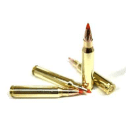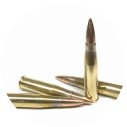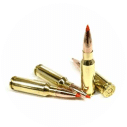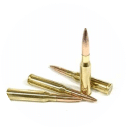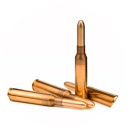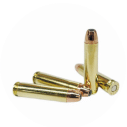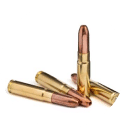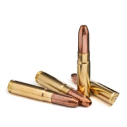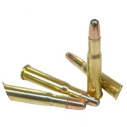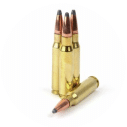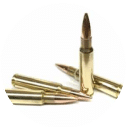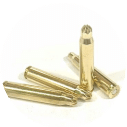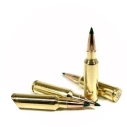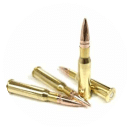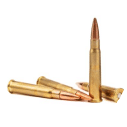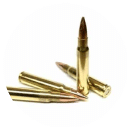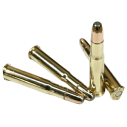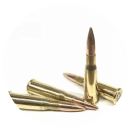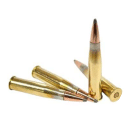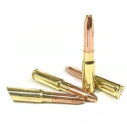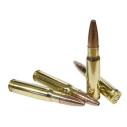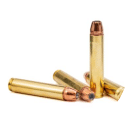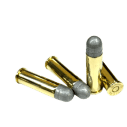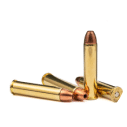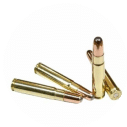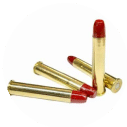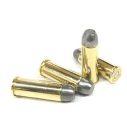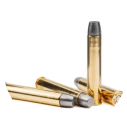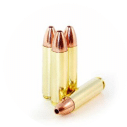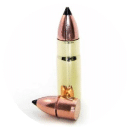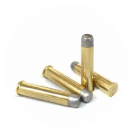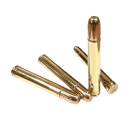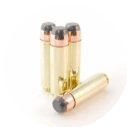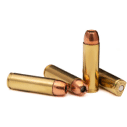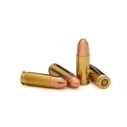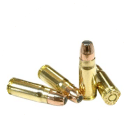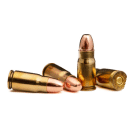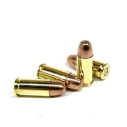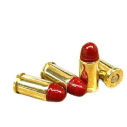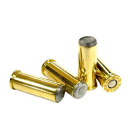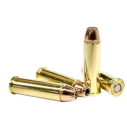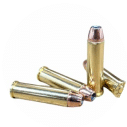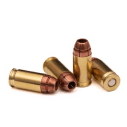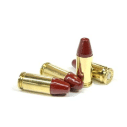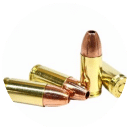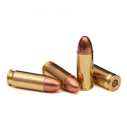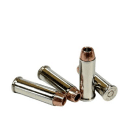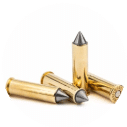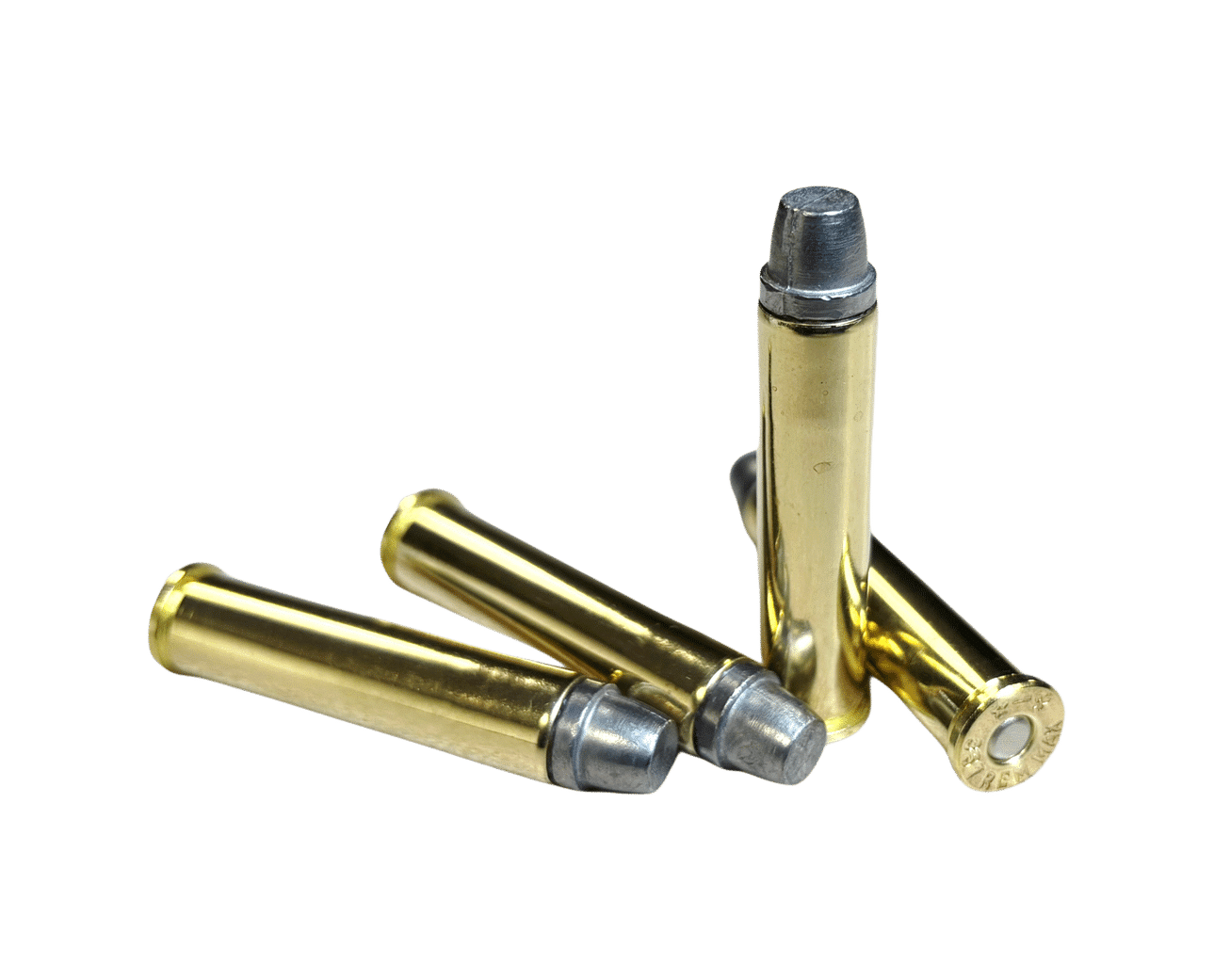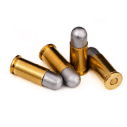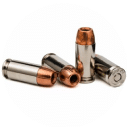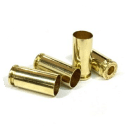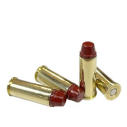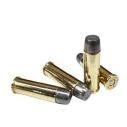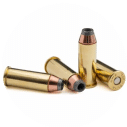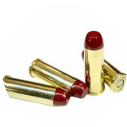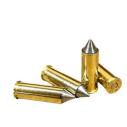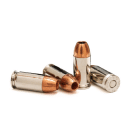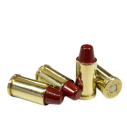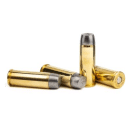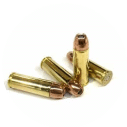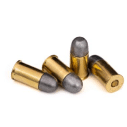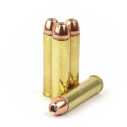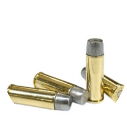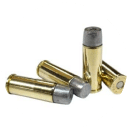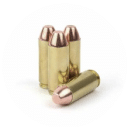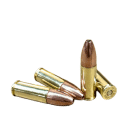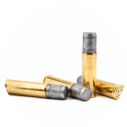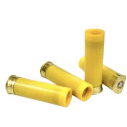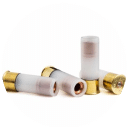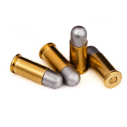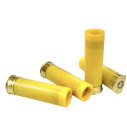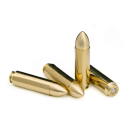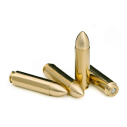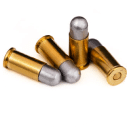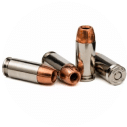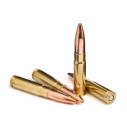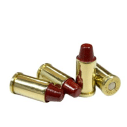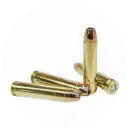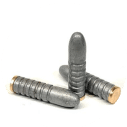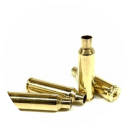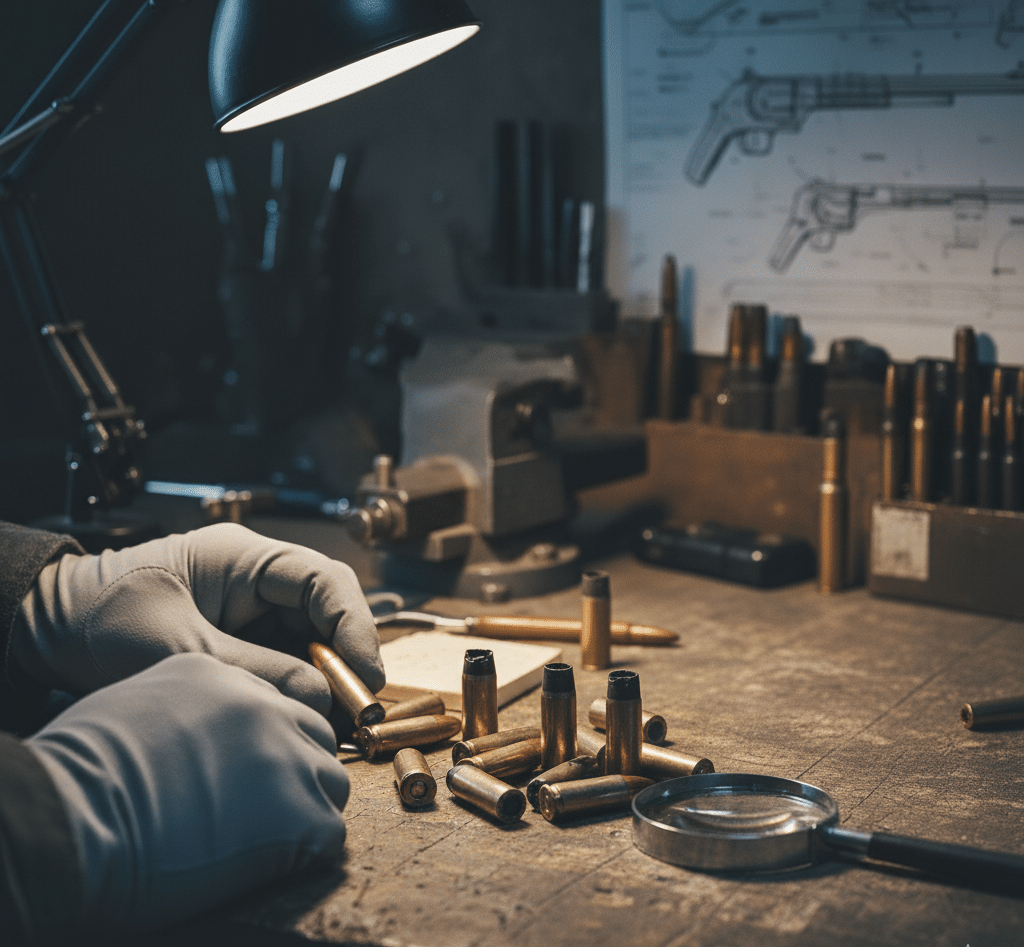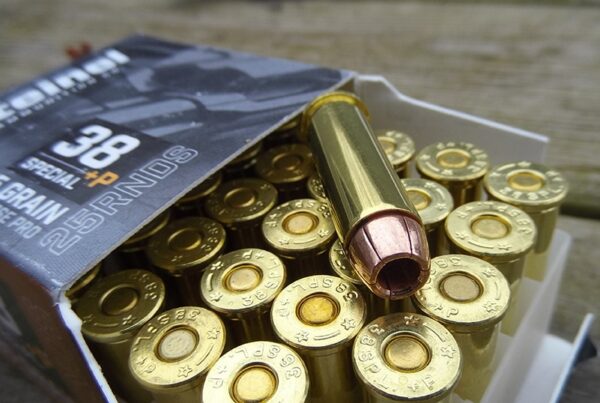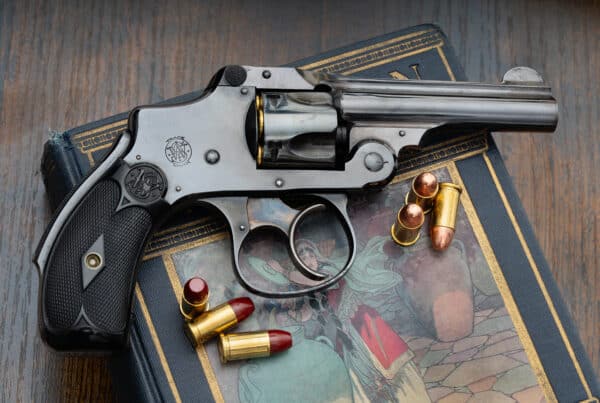You’re loading your firearm, getting ready for the perfect shot, and bang, something goes wrong. The gun misfires, the barrel’s fouled, or worst of all, there’s visible damage. What happened? The answer might surprise you: bad ammunition. While it’s easy to assume that all rounds are created equal, not all ammo is built to perform safely and reliably. Some ammo can cause serious firearm damage, and understanding how to spot the dangers before you pull the trigger can save you from a costly repair or worse.
In this article, we’ll dive into why bad ammunition can wreak havoc on your firearm and how you can avoid those potential pitfalls. Get ready to learn how to protect your firearm from the hidden dangers lurking in your ammo box.
How Ammunition Quality Affects Firearm Health
Guns are engineered with specific pressures, dimensions, and metallurgy in mind. That’s why using ammo that doesn’t adhere to these design standards can cause issues ranging from excessive wear to outright failure. High-quality ammo is crafted to meet strict industry standards like SAAMI (Sporting Arms and Ammunition Manufacturers’ Institute) and CIP (Commission Internationale Permanente). These standards ensure that each round performs predictably, protecting your firearm and providing consistent results.
| Factor | High-Quality Ammo | Cheap / Poorly Made Ammo |
|---|---|---|
| Manufacturing Standards | Produced to industry standards (SAAMI/CIP). | Often made with lower-quality control or cut corners. |
| Consistency | Consistent in size, powder charge, and bullet design. | Inconsistent powder charges, crimps, and primer placement. |
| Pressure Levels | Tested for correct pressure. Safe for specific firearms. | May have excessive or under pressure loads, risking firearm damage. |
| Case Material | Brass cases or high-quality steel, safe for repeated use. | Cheap steel cases or recycled brass that can cause wear or jamming. |
| Primer Quality | Non-corrosive, reliable ignition. | Corrosive primers that can cause rust in the firearm. |
| Accuracy | Tight tolerances, providing better consistency in shooting. | Larger variations in shot groupings, leading to inconsistent performance. |
| Reliability | Always undergoes reliability testing, reducing malfunctions. | More prone to misfires, jams, and failure to feed. |
| Storage / Packaging | Properly sealed and stored to prevent degradation. | Poor packaging, leading to potential moisture damage or degradation. |
| Ballistic Performance | Optimized for controlled expansion and deep penetration. | Unpredictable expansion, poor terminal performance. |
| Longevity | Designed to last through many uses without damage. | May cause excessive extractor wear and damage to barrels or firing pins. |
| Firearm Compatibility | Tailored for specific guns and calibers, reducing risk of damage. | May be mismatched in terms of dimensions or pressure, causing headspace issues. |
In contrast, cheap or poorly manufactured ammo often cuts corners, leading to firearm damage and a bad shooting experience. If you’re using subpar ammunition, you’re taking unnecessary risks.
Common Ways Ammo Can Damage Your Firearm
Overpressure Rounds and Unsafe Loads
One of the most dangerous types of ammo is overpressure ammo. These are rounds designed to fire at higher-than-standard pressures, often marketed as +P or +P+ ammunition. While these can offer more power, they should only be used in firearms rated for such unsafe loads. Firing these rounds in a gun not built for them can result in frame damage, barrel wear, or catastrophic failure. Always check your firearm’s manual to see if it can handle higher-pressure rounds and +P ammunition risks.
Additionally, be wary of handloads or remanufactured ammo that hasn’t gone through proper pressure testing. Firing rounds that haven’t been carefully pressure-tested could lead to dangerous malfunctions.
Wrong Cartridge Dimensions and Headspace Problems
Using ammo with the wrong dimensions can result in serious headspace problems. Headspace is the distance between the base of the cartridge and the point where the cartridge contacts the firearm’s chamber. In other terms: It is what prevents the cartridge from advancing further into the chamber than its design allows. When this is off, it can cause improper alignment, potentially leading to firing pin damage, misfires, or even damage to the chamber itself. Avoid using a wrong ammo caliber. It should match your firearm’s specifications.
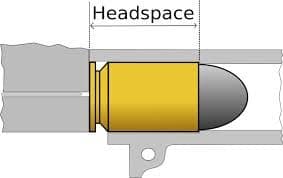 Source: Wikipedia
Source: WikipediaCorrosive Primers and Residue Buildup
Not all ammo is created with longevity in mind. Older surplus ammunition, particularly military-grade rounds, might contain corrosive primers that leave behind salts (such as potassium chloride) when fired. These salts can cause barrel rust and corrosion inside your barrel and gas systems if not cleaned immediately. If you’re using older/surplus or corrosive ammo, be sure to clean your firearm to prevent rust and corrosion from the primer salts after every use.
Corrosive Ammo: How to spot

Source: Calibre Magazine
But why risk it? Protect your firearm with Steinel Ammo’s non-corrosive, premium-grade safe ammo designed for performance without the cleanup hassle.
Check out our 7.7×58 Arisaka round here and keep your weapon in top shape.
Steel vs Brass Cases and Excessive Wear
Many shooters opt for steel-cased ammo due to its lower cost, but it comes with a catch. Steel is harder than brass, and when used repeatedly, it can cause extractor wear on your firearm and other moving parts. While steel-cased ammo can be fine for some firearms, it’s best to use brass ammo whenever possible to ensure your gun stays in top shape for years to come.
When steel-cased ammo is fine vs when it’s a problem:
| Scenario | Steel-Cased Ammo is Fine | Steel-Cased Ammo is a Problem |
|---|---|---|
| Frequency of Use | Occasional use for training or tactical purposes where cost is a factor. | Frequent use without proper cleaning, leading to extractor wear and ejection failures. |
| Cleanliness of the Firearm | Firearm is regularly cleaned and maintained to remove debris and gunk from steel cases. | Lack of maintenance or improper cleaning leading to increased extractor wear. |
| Case Material | Steel cases with a coating (like lacquer or polymer) to reduce friction. | Bare steel cases that can create increased friction, leading to extractor wear and potential jams. |
| Firearm Build Quality | Rifles with robust extractors and durable mechanisms, like the AR-15 with a strong extractor. | Older, cheaper firearms with fragile extractors that can wear down quickly under steel case use. |
| Extractor Condition | Extractor is in good condition and designed to handle both brass and steel ammo. | Worn or damaged extractor parts that can’t handle the extra stress from steel-cased ammo. |
Poorly Made or Inconsistent Ammo
When purchasing ammo, consistency is key. Low-quality ammo including factory rejects or improperly stored bulk surplus can suffer from issues like bad reloads, case bulges, poor crimps, or inconsistent powder charges. These ammo defects can cause misfires, jams, or even more dangerous malfunctions that could damage your firearm. Always inspect your ammo before loading it into your gun, especially if it’s from a questionable source.
Looking for high-quality ammo that won’t compromise your firearm’s performance? Steinel Ammunition offers premium ammo for rare, vintage calibers and hard-to-find military surplus cartridges.
How to Spot Bad Ammo Before You Buy
Visual Inspection and Packaging
Before you buy, always inspect the ammo carefully. To spot bad ammo, look for dents, corrosion, or signs of poor sealing. Packaging can also tell you a lot. Ammo that’s not securely sealed or has faded labels could be a sign of improper storage, which could affect its performance.
Reading Headstamps and Lot Numbers
One of the best ammo buying tips to ensure you’re buying quality ammo is by checking the headstamps and lot numbers. A reliable manufacturer will always have clear, consistent markings that show where and when the ammo was produced. If the headstamp is missing, inconsistent, or difficult to read, it might be a red flag.
Headstamp

Source: Wikipedia
Red Flags When Buying Online or In-Store
Look out for suspiciously low prices or ammo that’s missing clear specifications. If the ammunition you’re considering lacks detailed information on pressure ratings or manufacturer standards (like SAAMI or CIP certifications), it’s best to pass. Stick with well-known brands like
Steinel Ammo and avoid unsafe ammunition and always prioritize quality over cost.
Protecting Your Firearm with Premium Ammunition
At Steinel Ammo, we understand how important your firearm is to you. That’s why every single batch of .45-70 Government, 6.5 Arisaka, 6.5 Carcano, 458 SOCOM, 10mm, 50 Action Express, 450 Bushmaster and several others. Ammunition undergoes rigorous pressure testing to ensure it meets the highest standards. Steinel Ammo offers three distinct load levels for the .45-70, designed specifically for different firearms: Trapdoor, modern actions, and strong modern actions (such as Ruger No. 1). This ensures you get the right and safe ammo for your specific needs, without worrying about damaging your weapon.
We don’t take shortcuts. Our testing ensures that the velocity, pressure, and ballistic performance of each round is spot on, because we know that ammunition quality can make all the difference when it counts the most.
Conclusion
Choosing the right and safe ammo is more than just about getting rounds that fit your gun. It’s about selecting the ammunition that will protect your firearm, deliver reliable performance, and ensure your safety. Don’t settle for low-quality, poorly made ammo that could ruin your weapon. By following our tips, you can spot bad ammo before it costs you big in repairs. Steinel Ammo offers premium ammunition that’s rigorously tested and built for performance.
FAQ Section
- Is cheap ammo bad for your gun?
A. Yes, cheap low-quality ammo can be inconsistent, poorly made, or improperly stored, leading to misfires, jams, extractor wear, and firearm damage.
- Can steel-cased ammo damage firearms?
A. Steel-cased ammo can cause excessive extractor wear and other parts of your firearm, if used regularly.
- How do I know if my ammo is corrosive?
A. If you’re using surplus or military-grade ammo, especially older rounds, there’s a higher chance it may contain corrosive primers. Clean your firearm thoroughly after each use to prevent damage from corrosive ammo.
- What happens if I fire the wrong caliber?
A. Firing the wrong caliber can cause headspace problems, misfires, or even chamber damage. Always ensure the caliber matches your firearm’s specifications.
- How to choose safe ammunition for self-defense?
A. For safe ammunition for self-defense, choose premium ammunition from reputable manufacturers like Steinel Ammo that meet industry standards, ensuring that the pressure, velocity and ballistic performance is spot on.
Related Posts
How Useful Are Caliber Conversions in Firearms?
Old Reliable for Self-Defense Today.

